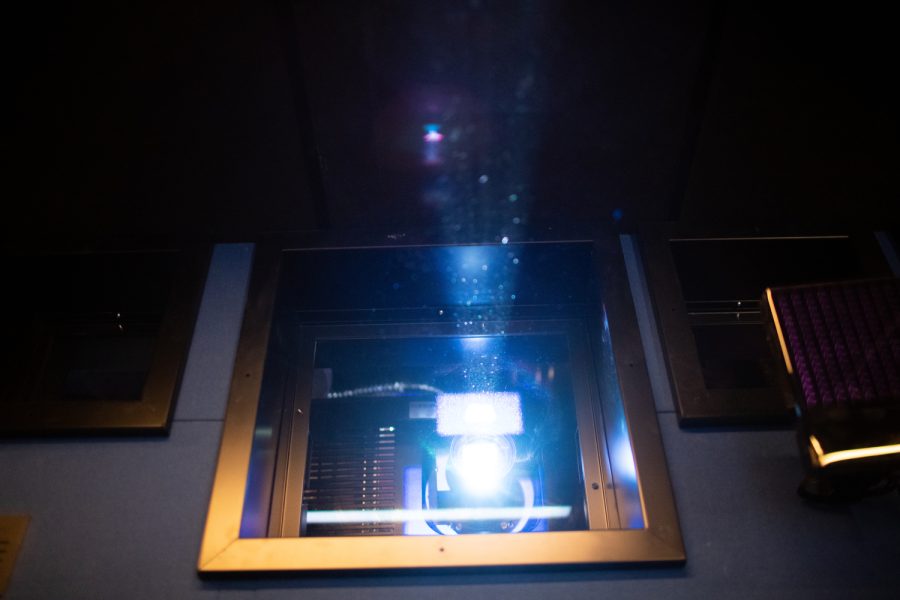Architecture has meaning outside of its function — a well-designed building becomes a space that leaves the beholder a personal and psychological impression. In particular, governmental institutions are rich in historical significance and beauty, and each structure holds its own personal reflection of its people.
The Old Capitol re-flects Iowa’s early settlers through its architectural simplicity. On the exterior, it is encased in rough, pockmarked stone contrasting with an inviting portico. The structural logic was not dramatized by heavy elements on a grand scale because it was established as quickly as possible to define Iowa, first as a territory, then as a brand-new state.
“[When the Old Capitol was formed], Iowa [became] civilized,” architectural historian Patricia Eckhardt said.
No time was allotted for heavy flourishes and garish décor because of the Iowa settlers’ goals for the state to be a forefront in politics. The establishment of education in the state was the Iowa legislators’ top priority, which led to the founding of the University of Iowa 59 days after statehood.
“The building was for use — for getting the job done,” said Shalla Wilson, an assistant director of the Old Capitol.
The Old Capitol’s modest-yet-spacious qualities melded the components of political fortitude and social diversion. The House of Representatives Chamber deemed to be one of the most important rooms in the Old Capitol, was also used for celebration and dances.
“This was always a place to gather for people to express their emotions about anything,” Wilson said.
The current Iowa Capitol, in Des Moines, represents a different attitude of a higher grandeur than the Old Capitol. The architects, John C. Cochrane and A. H. Piquenard, chose a European classical style for the building, devoid of Iowa heritage. This style was chosen as a way for the seat of Iowa to remain timeless in spirit and resilience.
“Visitors from outside Iowa expect to see the Corn Palace, not a beautiful building,” said Joan Arnett, the chief tour guide at the Capitol.
The general design of the building is in a refined Renaissance style, giving consciousness to its ability in strength, dignity, and utility. This maintains the ideals of the original Old Capitol in maintaining a political edge above neighboring states.
Beyond architecture, extensive artwork within the building defines different governmental fields. Paintings, mosaics, and sculptures represent industry, law, agriculture, peace, history, and commerce.
These structures, old and current, evoke the feelings of pride and tradition in legislators and visitors alike for an experience that is unforgettable.






